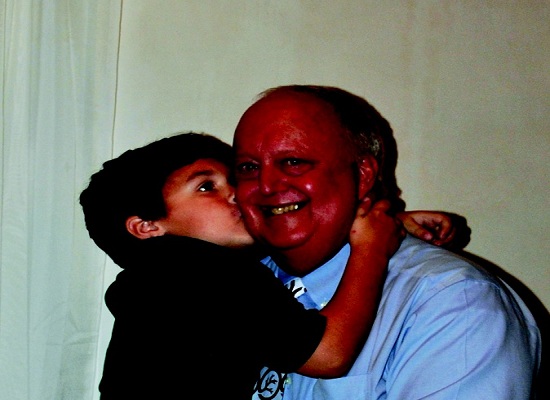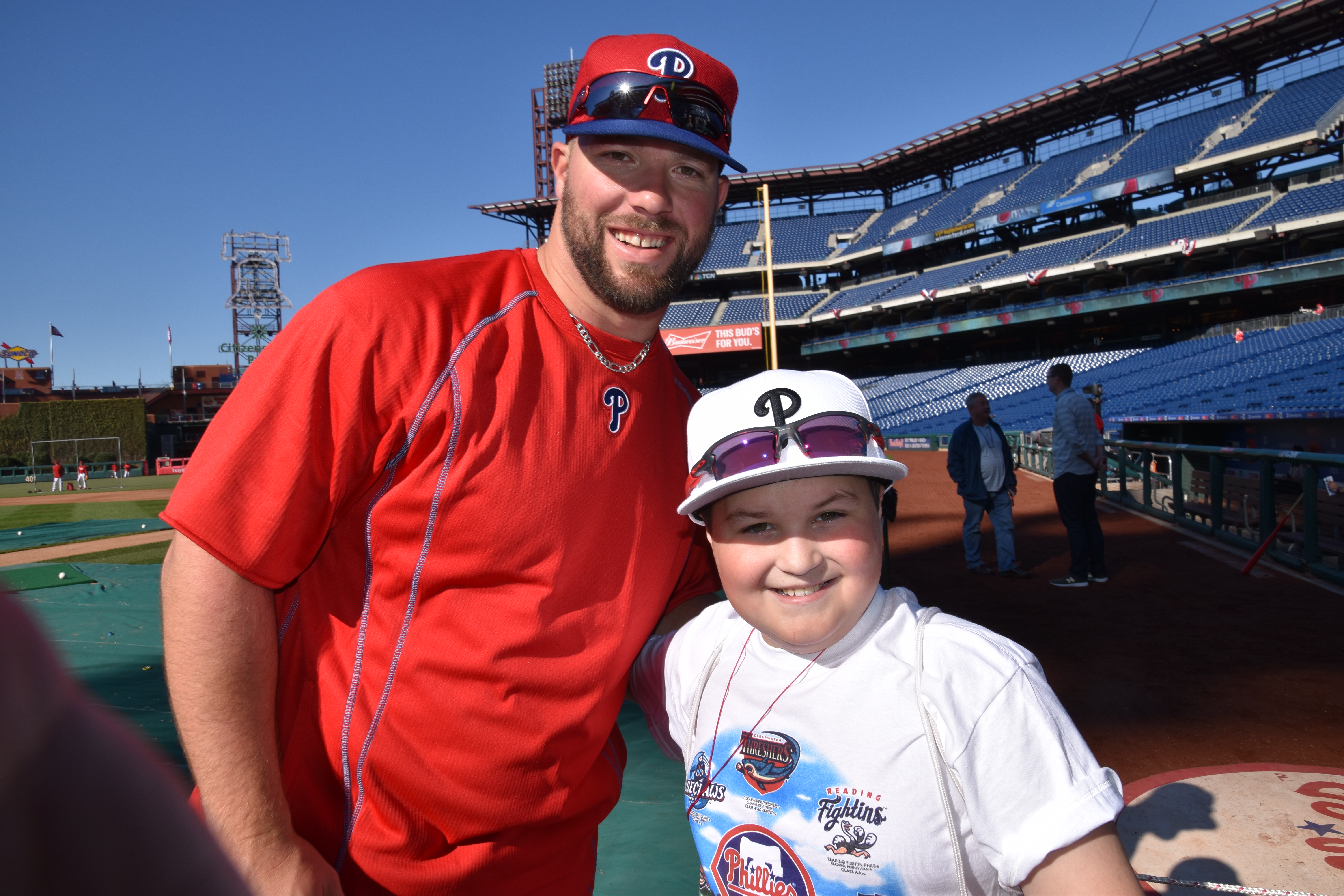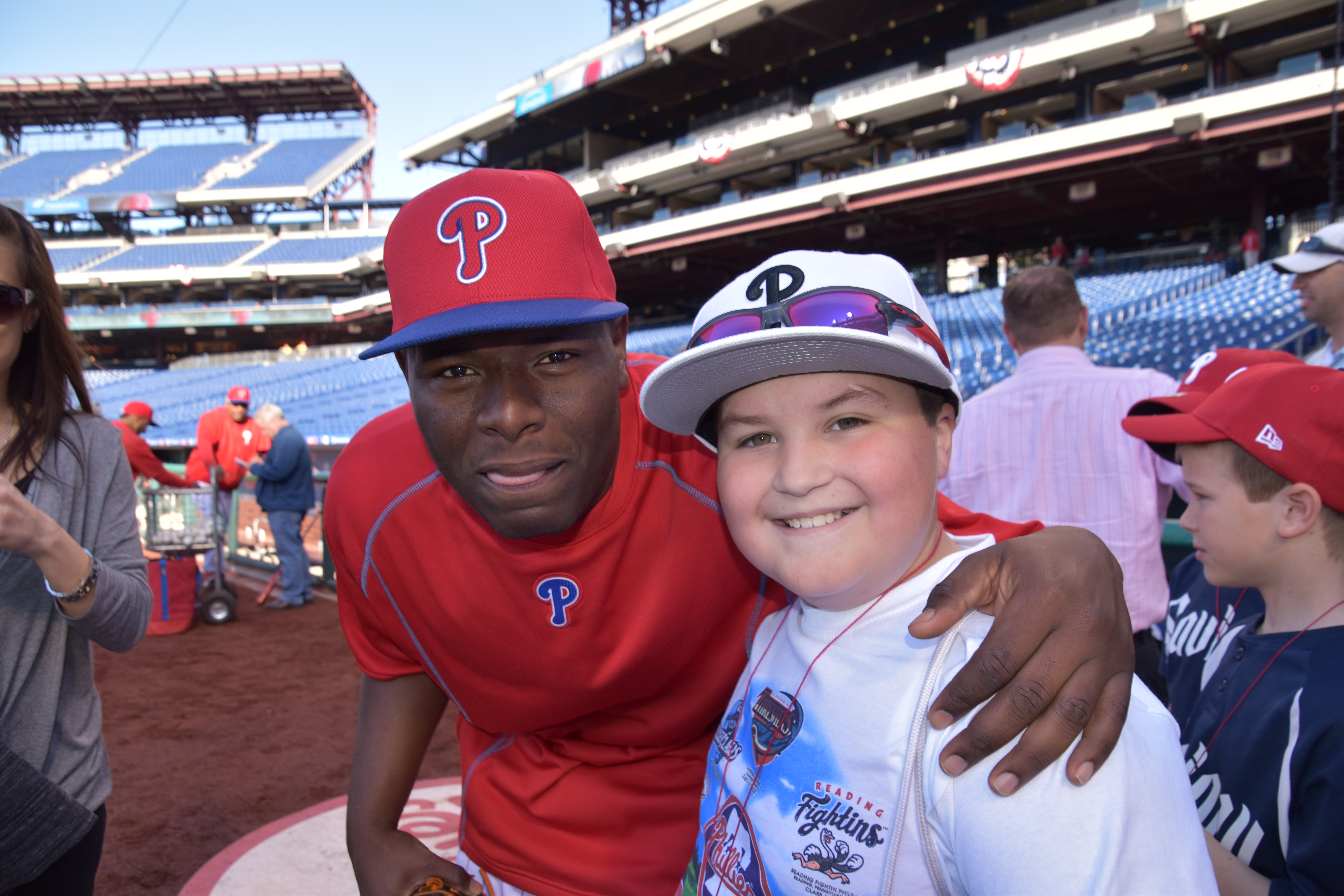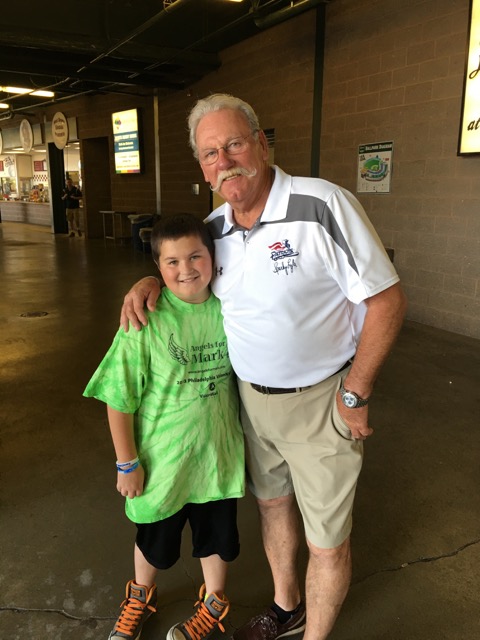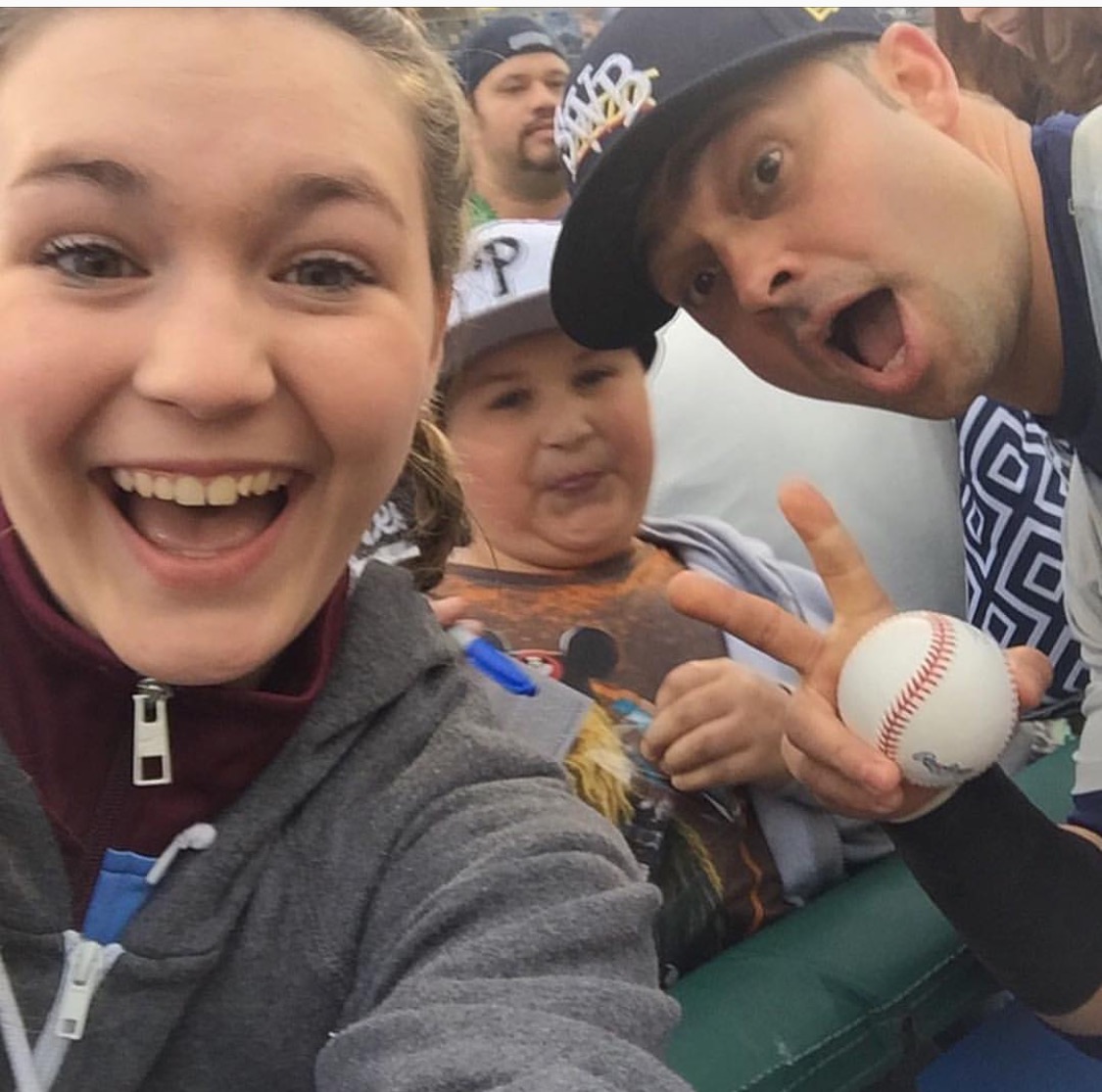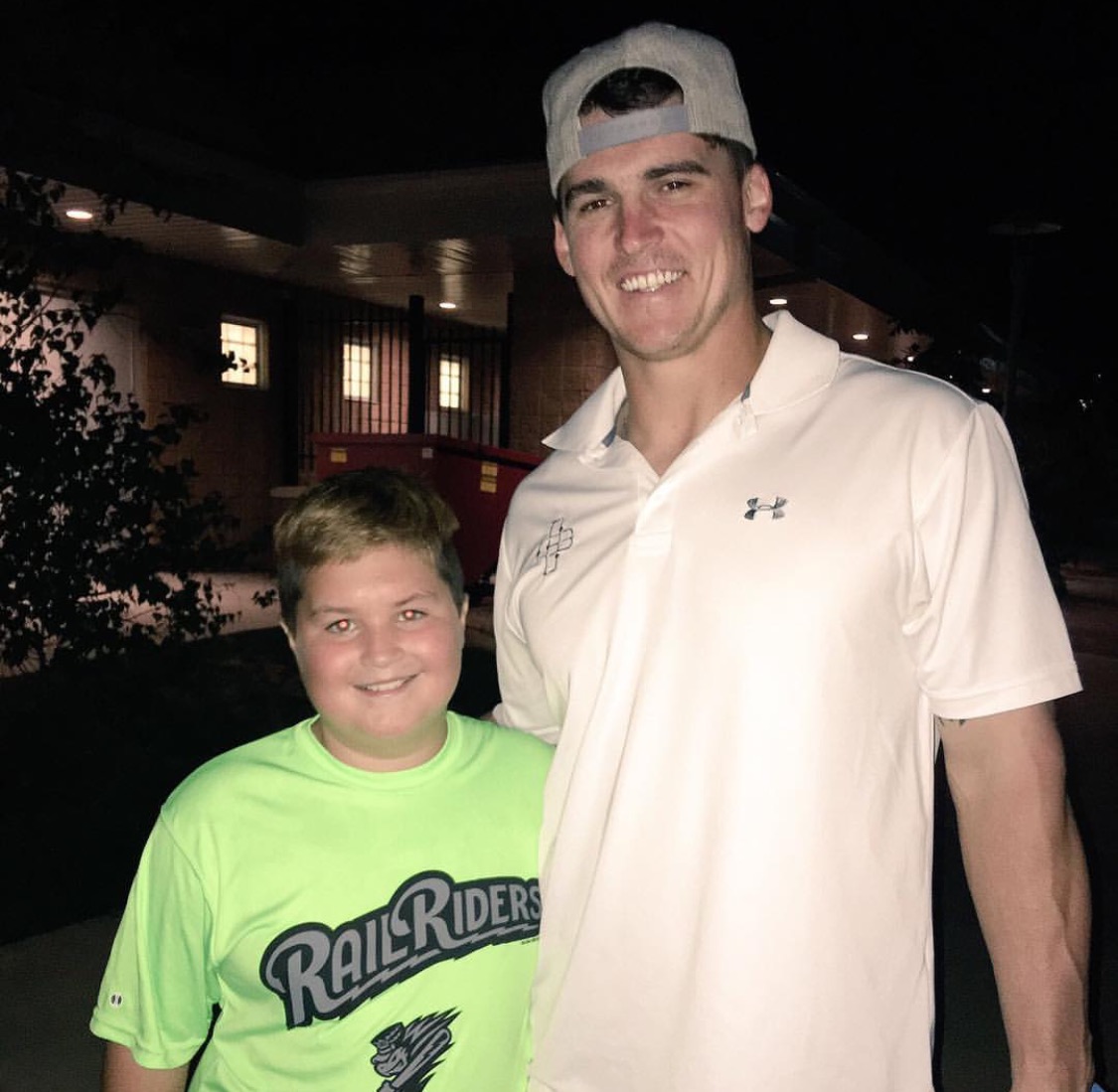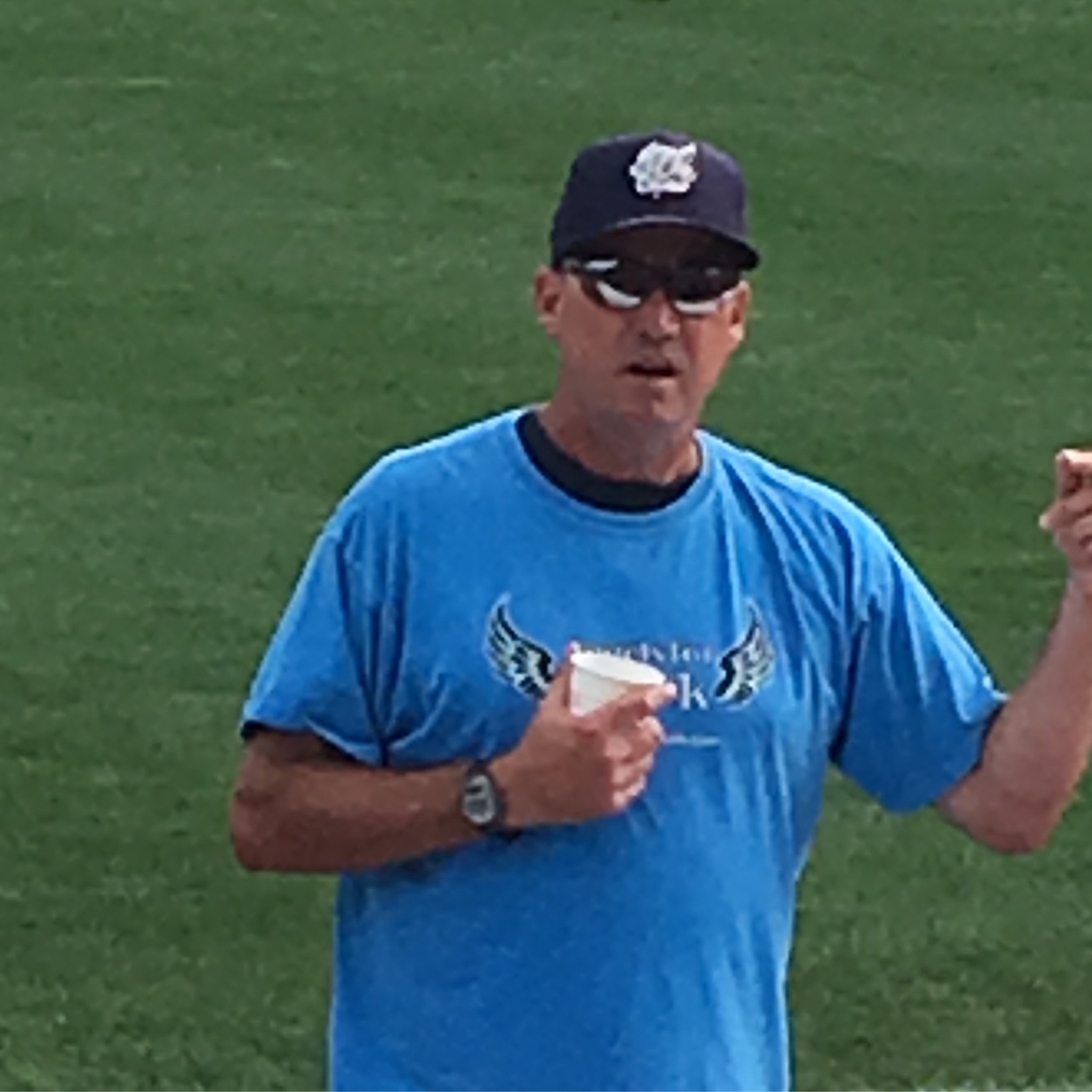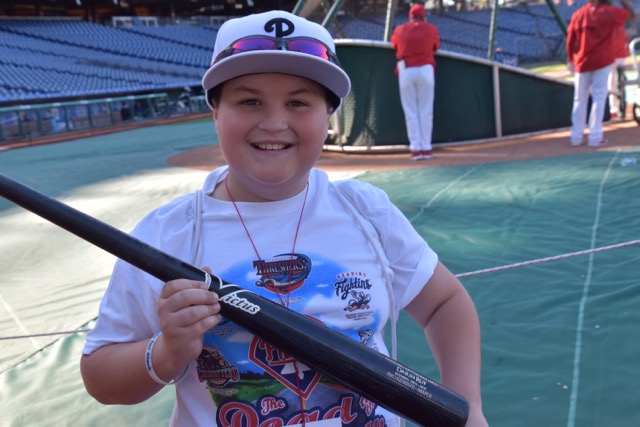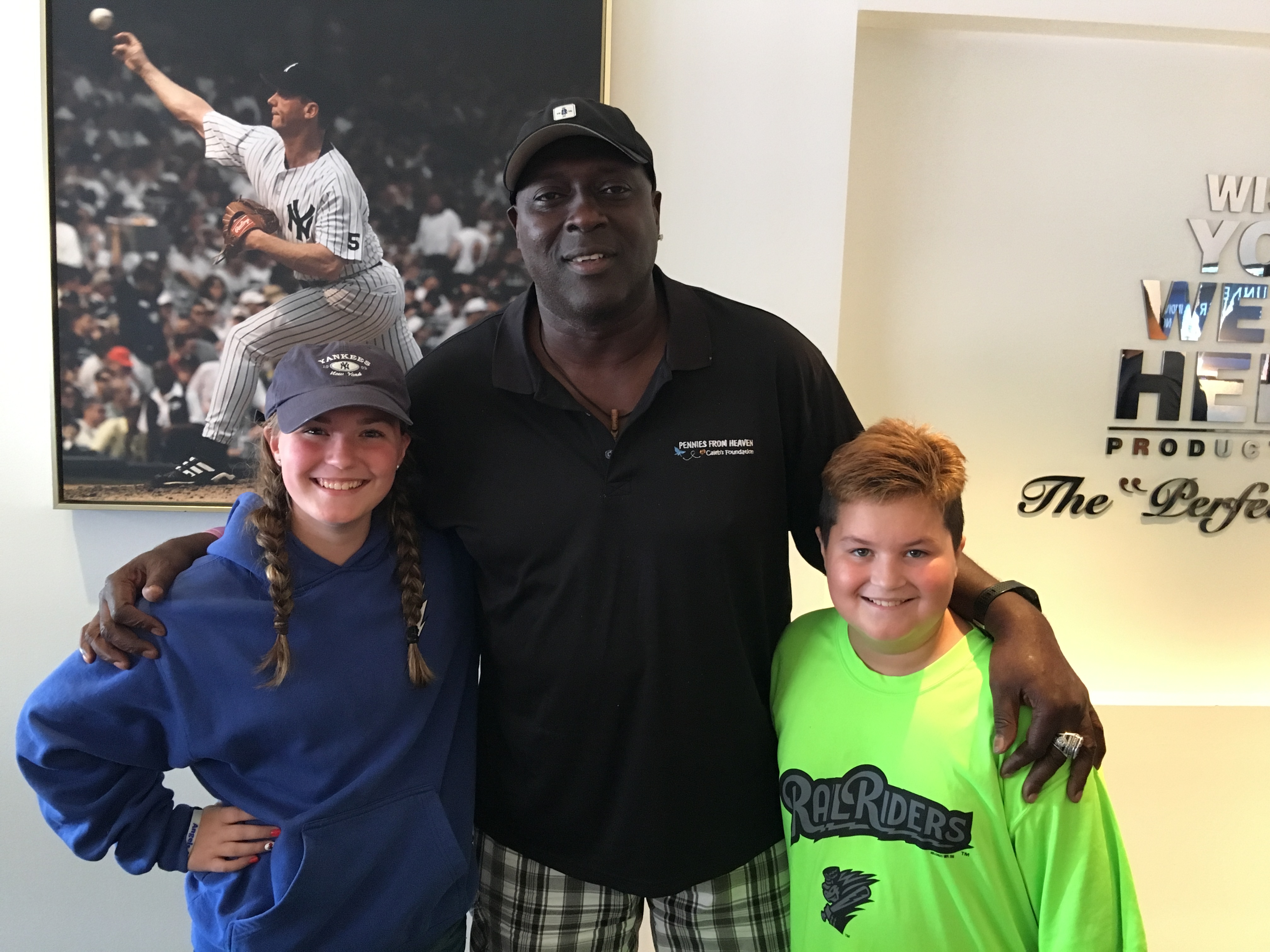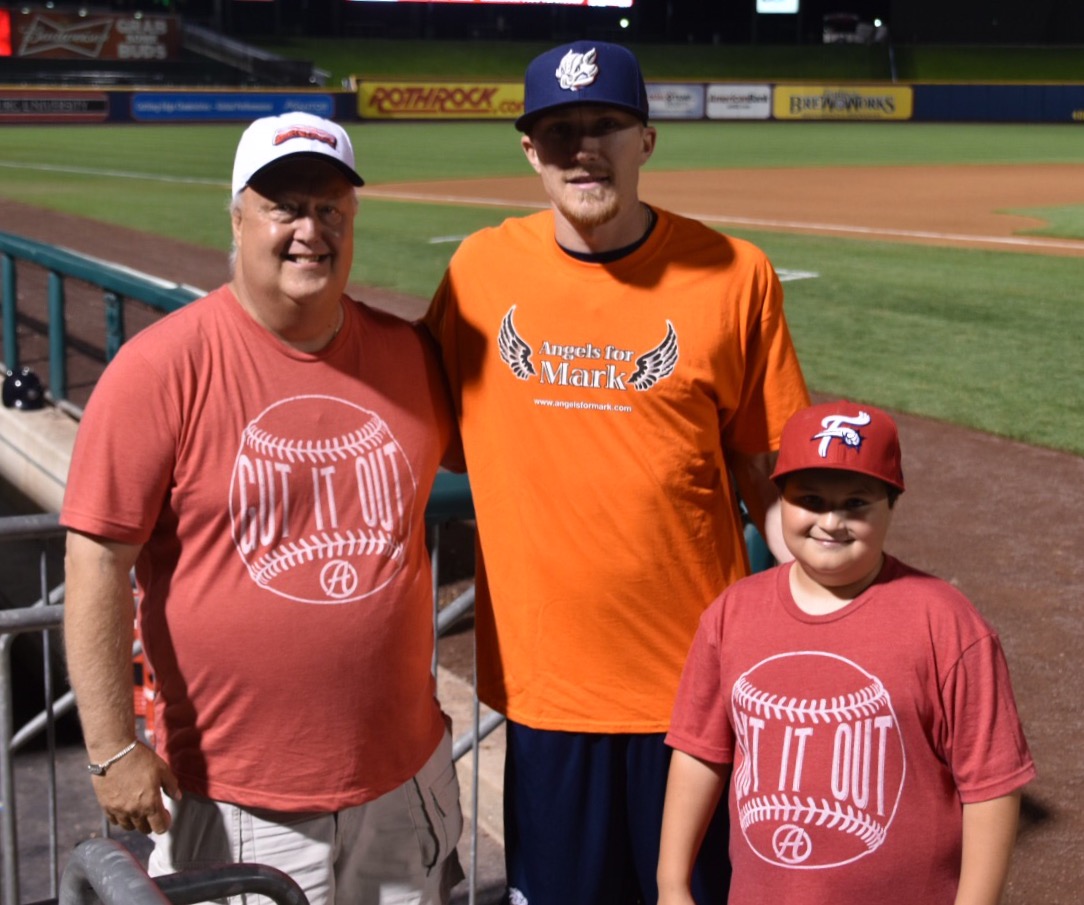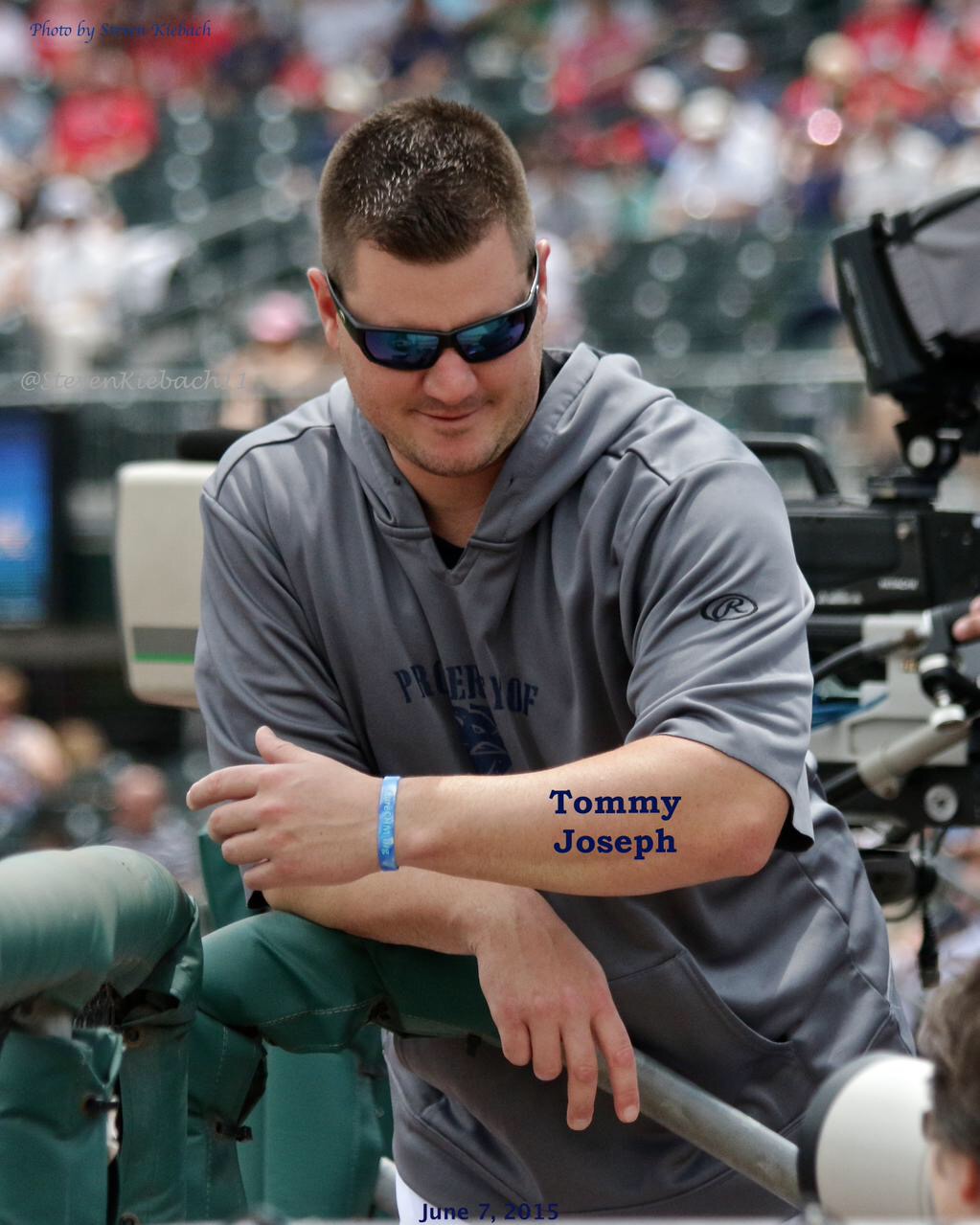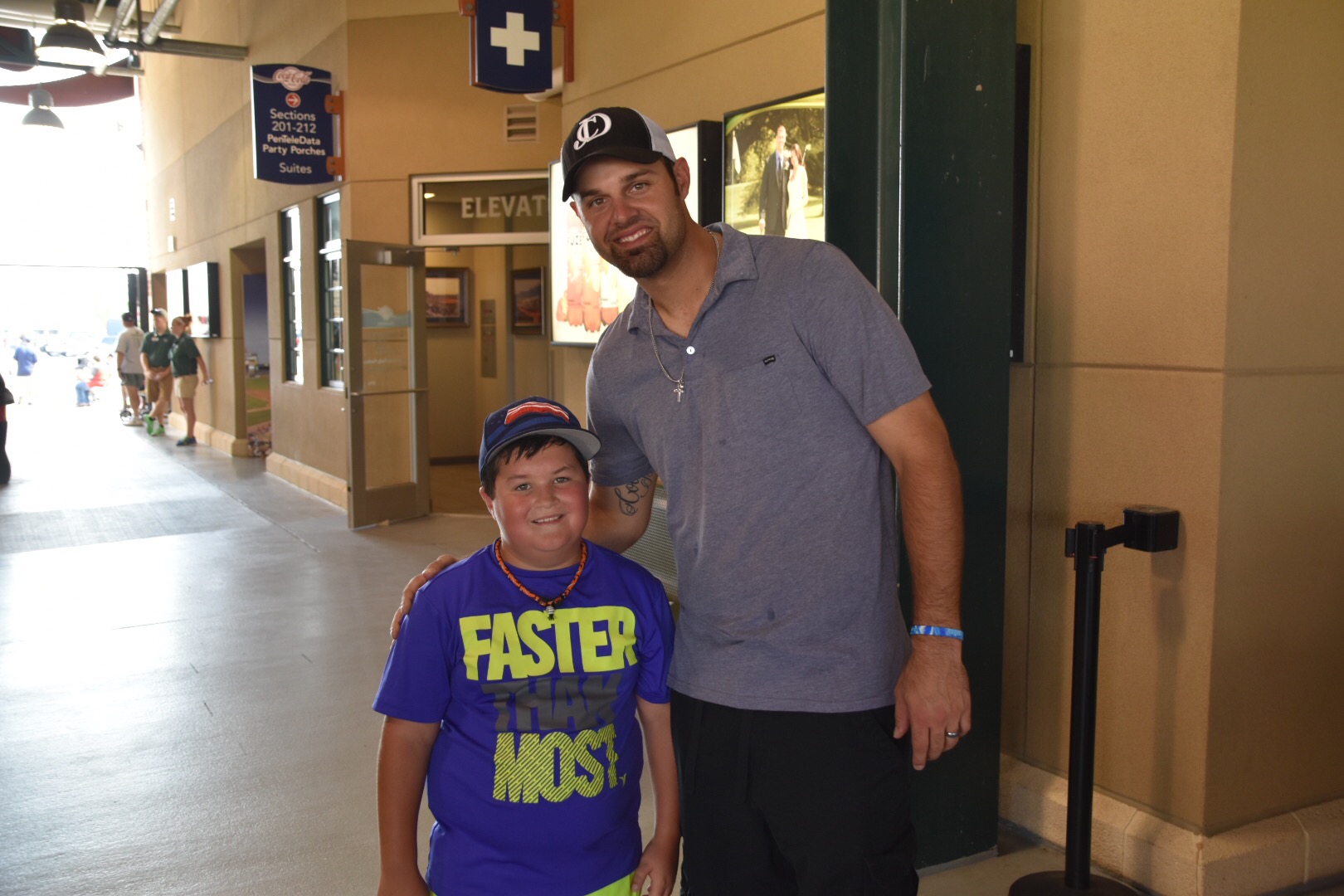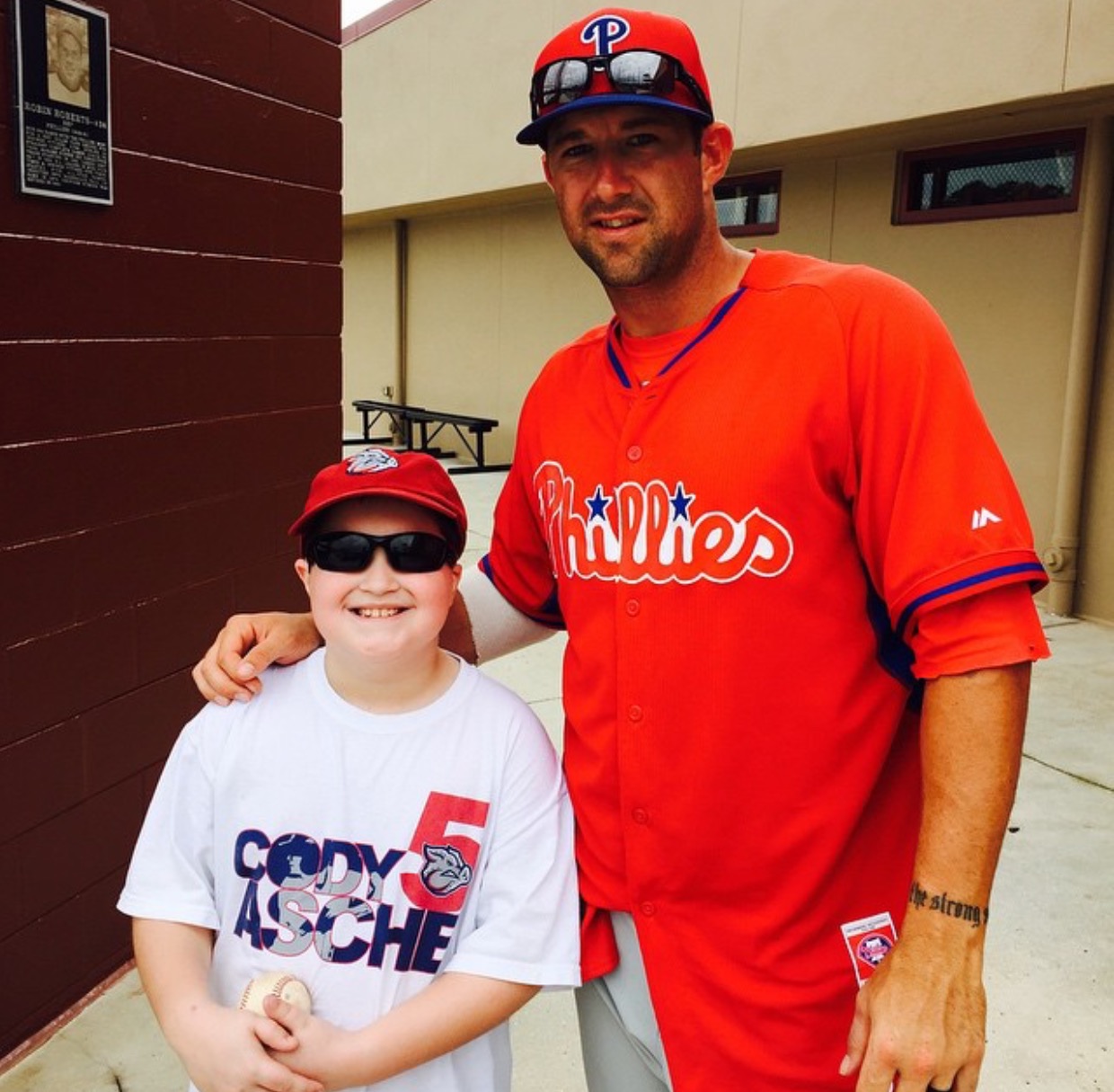Welcome
Mark DeVoe is a 12 year old boy who has a retina eye disease called Choroideremia.
Thank you so much for taking the time to visit Angels for Mark. So much has changed since we launched this site.
Clinical Trials have begun (fall 2014), so we are in exciting times. Phase one is a safety phase and does not include children under 18. Phase two will begin 2 years following the completion of Phase one ( about 2 years). We hope and Pray that Lil Mark is picked for Phase two.
UPDATE 2016: We are still waiting for the FDA to approve those under 18 year old can be included in the Trials.
As always check back often, We will be scheduling many events and will report any medical updates.
Thanks again for stopping!
Please enjoy our slide show of Markie from age 6 to present. Markie has made some great friends along the way.
Feel free to follow Mark on Instgram at AngelsforMark10
What is Choroideremia?
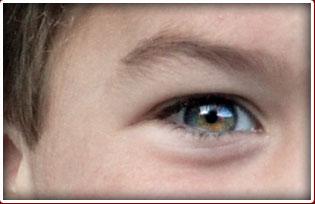 Choroideremia (CHM) is a rare inherited disorder that causes progressive loss of vision due to degeneration of the choroid and retina which is caused by a lack of RAB Escort Protein-1 (REP-1). Choroideremia occurs almost exclusively in males. The first symptom, most commonly noticed in childhood, is night blindness. As the disease progresses, there is loss of vision, frequently starting as an irregular ring that gradually expands both in toward central vision and out toward the extreme periphery. Loss of acuity, depth perception, color perception and an increase in the severity of night blindness may also occur during this progression. Progression of the disease continues throughout the individual's life. Both the rate of change and the degree of visual loss are variable among those affected, even within the same family.
Choroideremia (CHM) is a rare inherited disorder that causes progressive loss of vision due to degeneration of the choroid and retina which is caused by a lack of RAB Escort Protein-1 (REP-1). Choroideremia occurs almost exclusively in males. The first symptom, most commonly noticed in childhood, is night blindness. As the disease progresses, there is loss of vision, frequently starting as an irregular ring that gradually expands both in toward central vision and out toward the extreme periphery. Loss of acuity, depth perception, color perception and an increase in the severity of night blindness may also occur during this progression. Progression of the disease continues throughout the individual's life. Both the rate of change and the degree of visual loss are variable among those affected, even within the same family.
The actual vision loss is caused by degeneration of several layers of cells essential to sight. These layers, which line the inside of the back of the eye, are called the choroid, the retinal pigment epithelium (RPE) and the retina. The choroid is a network of blood vessels located between the retina and the sclera, the "white of the eye." Choroidal vessels provide oxygen and nutrients to both the RPE and the retina's photoreceptor cells. The RPE, directly beneath the retina, supports the function of photoreceptor cells. Photoreceptors convert light into the electrical impulses that transfer messages to the brain where "seeing" actually occurs. In the early stages of Choroideremia, the choroid and the retinal pigment epithelium initially deteriorate. Eventually, photoreceptor cells also degenerate, and as a result, vision is lost.




